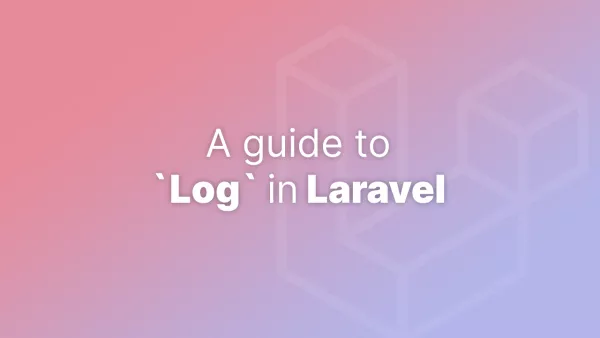- What Are Special State Variants?
- Hover State
- Focus State
- Active State
- Responsive and Conditional States
- Extending State Variants
- Group States
- The Power of JIT Compiler
- Best Practices with State Variants
Tailwind CSS, known for its utility-first approach, empowers developers to style applications efficiently and responsively right in their markup. Among Tailwind's most potent features are the special state variants - a suite of pseudo-class utilities that allow you to style elements for different user interactions and conditions. Let's explore these dynamic classes and how they can supercharge your web projects.
What Are Special State Variants?
Special state variants in Tailwind CSS are utility classes that apply styles based on user interactions or the state of an element, such as :hover, :focus, :active, and more. These classes are prefixed with the name of the state, followed by a colon, and then the usual Tailwind utility class.
Hover State
The hover: prefix lets you apply a style to an element when a user hovers over it with their mouse.
Example:
<button class="bg-blue-500 hover:bg-blue-700 text-white font-bold py-2 px-4 rounded">
Hover me!
</button>
Focus State
The focus: prefix is perfect for styling form inputs when they are active or have been clicked on by the user.
Example:
<input class="focus:border-blue-500 border-2 outline-none py-2 px-4" type="text" placeholder="Focus on me">
Active State
The active: prefix applies styles when an element is being actively clicked on or tapped.
Example:
<button class="bg-green-500 active:bg-green-700 text-white font-bold py-2 px-4 rounded">
Click me!
</button>
Responsive and Conditional States
In addition to interaction states, Tailwind also provides responsive and conditional variants like md:hover: which would only apply hover styles at the md breakpoint and above.
Example:
<button class="bg-purple-500 md:hover:bg-purple-700 text-white font-bold py-2 px-4 rounded">
Hover me on medium screens!
</button>
Extending State Variants
You're not limited to the default variants provided by Tailwind. If needed, you can configure your tailwind.config.js file to add custom state variants.
// tailwind.config.js
module.exports = {
variants: {
extend: {
backgroundColor: ['active'],
},
},
}
Group States
Tailwind also provides group-hover and group-focus, which let you style child elements when a parent element has been hovered over or focused on. This is incredibly useful for dropdowns and complex components.
Example:
<div class="group block w-full">
<div class="py-2 px-4 text-gray-700 group-hover:text-white group-focus:text-white">
Hover or focus on the parent to change my text color.
</div>
</div>
The Power of JIT Compiler
Tailwind CSS v2.1 introduced the Just-in-Time (JIT) compiler, which generates these variants only when you use them, significantly reducing the output file size. This means you can utilize any number of state variants without worrying about bloat.
Best Practices with State Variants
When using special state variants, aim for a user experience that is not just visually appealing but also intuitive. Remember, the goal of interactivity is to provide feedback and guidance to users, not to overwhelm them.
Tailwind's special state variants offer an expressive and powerful way to design interactive and responsive user interfaces. By understanding and leveraging these variants, you can create a web experience that feels alive and responsive to user input, all with the ease and speed that Tailwind CSS is celebrated for.
Remember, while these classes give you a lot of creative freedom, it's essential to use them thoughtfully to ensure a cohesive and accessible user interface.


